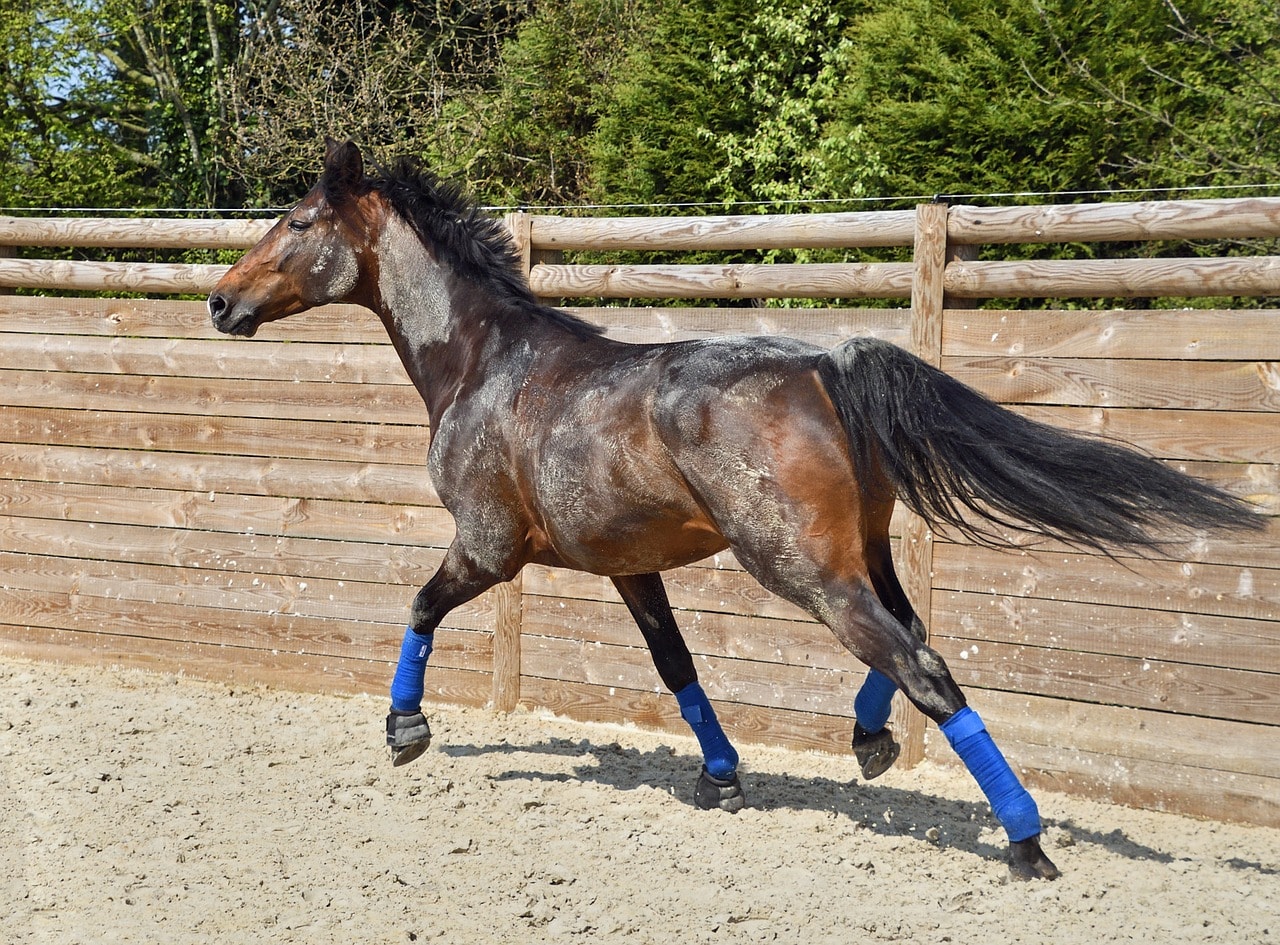One of the main concerns of every rider is the possibility of his horse getting sick or injured, something that can always happen in different circumstances in equine competitions and that of course also happens to horses that are not competing. And some of the major injuries in horses are quite common. It should be noted that a competition horse has functional requirements and a greater pressure than recreational horses. Even so, in both cases you must always be alert and watch if its movement is different.
Where are the main injuries in horses?
Almost all injuries to horses are related to joints. Tendon and ligament injuries are relatively common among horses doing hard work such as running, jumping, endurance races or fences, are the most likely to suffer. As a veterinarian of horses, we have compiled a listing of the major injuries on horses.
- Joint ankylosis: decreased movement or lack of mobility of a joint due to total or partial fusion of the components of the joint. The horse is not able to flex or extend regardless of age and is devastating for a working horse.
- Osteoarthritis: Inflammation of a joint. It is observed at the beginning of an articular lesion that produces a progressive degradation and loss of articular cartilage quality.
- Osteoarthrosis: chronic joint inflammation with bone deformation. They are seen in old lesions that have not been treated properly.
- Osteophytes: Intrasinovial deposits that grow inside the joint. They are believed to be due to overwork or joint stress. They can grow to the size of a chickpea, destroying the cartilage, even come to cause restriction of movement, with very severe lameness.
- Osteochondrosis: An injury that usually affects large joints such as the knee. It is the loss of articular cartilage. It is seen as an ulcer on the surface of the cartilage.
- Myositis: inflammation of the muscles. It is observed when we give too much work to the horse and can even lead to breakage of muscle fibers.
- Infosauras: It is one of the most habitual injuries in the hoofs and of the most habitual in the horses. It is an easy path to detect in the first 72 hours, it is typical for the horse to swing backwards, depositing its weight on the hind limbs. This injury can occur after excessive work, uncontrolled exercise or as a result of colic.
- Tendinitis: Inflammation of a tendon. In severe cases, the veterinarian may observe ultrasound breaks of tendon fibers.
- Demystis: Inflammation of a ligament. Gum suspenders are usually the most affected.
How can we recognize an injury?
Usually, the first sign that we can see an injury is limp. And is that in most cases if your horse is injured you will notice immediately in its movement as the horse will probably try to put the weight on the healthy leg. A horse with a lameness will use the head and neck to maintain balance and thus ease the weight on the injured limb. It is also important to determine when it manifests itself: when jogging, walking, galloping or if it is constant.
What can be done?
First of all, do not force. As soon as you find signs of lameness it is recommended that you request the help of a specialist since a treatment treated on time is essential for a prompt recovery. Regenerative medicine in horses and the various therapies applied have proven their effectiveness in injuries as long as who applies them is a real specialist. We can also go to a veterinarian specializing in equine sports medicine.









No Comments